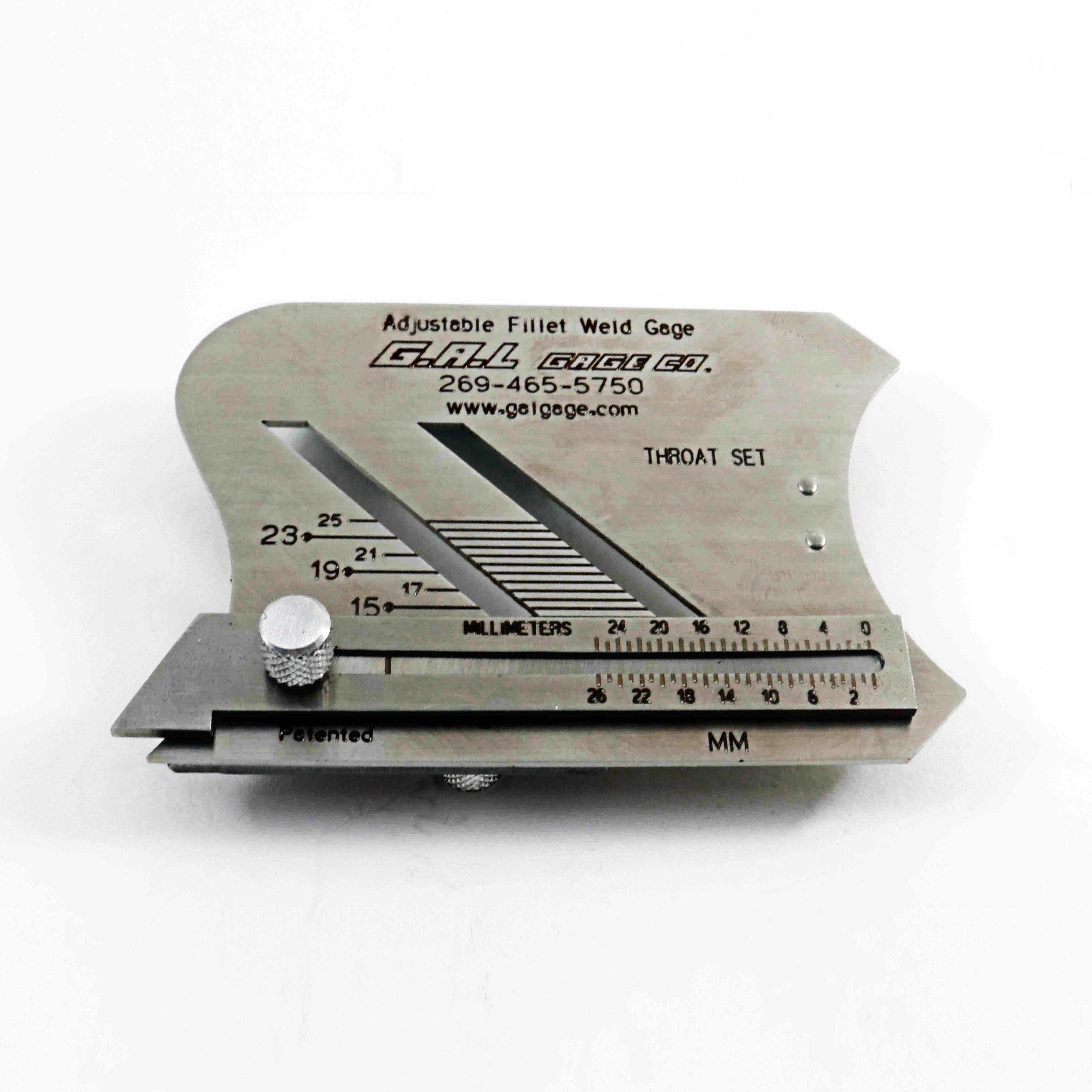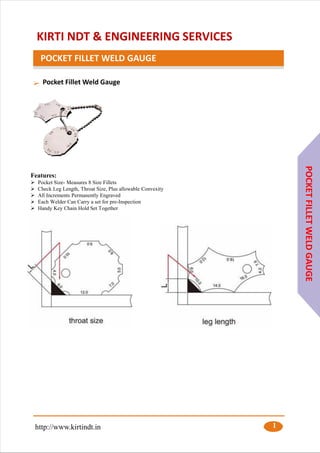Gauge Fillet Weld Essentials: Best Practices and Common Mistakes
Gauge Fillet Weld Essentials: Best Practices and Common Mistakes
Blog Article
The Ultimate Guide to Fillet Weld Quality Assurance: Guaranteeing Stamina and Resilience in Your Welded Joints
In the realm of welding, ensuring the toughness and resilience of fillet welds is paramount for the stability of welded joints. As we embark on this exploration of fillet weld top quality control, we will certainly uncover necessary elements that affect weld toughness, dive into efficient inspection approaches, and go over techniques for preventing typical weld defects.
Value of Fillet Weld Quality Assurance
Making sure correct fillet weld top quality control is paramount in guaranteeing the architectural honesty and durability of bonded components in numerous sectors. Fillet welds are typically used in structural steelwork, bridges, pressure vessels, pipes, and various other critical facilities where the toughness of the weld is crucial to total safety and security and efficiency. Quality assurance procedures such as aesthetic evaluations, non-destructive screening, and adherence to welding treatments aid recognize prospective flaws like absence of blend, insufficient penetration, undercutting, or extreme reinforcement.
Key Elements Affecting Weld Stamina
Achieving optimum weld toughness needs careful factor to consider of various vital elements that affect the stability and longevity of the welded joint. The initial vital factor appertains joint preparation, which involves cleansing the base metals to remove any kind of contaminants that could damage the weld. In addition, the fit-up of the joint is vital to ensure correct penetration and fusion of the filler product.
The selection of the ideal welding method and criteria also plays a considerable duty in identifying weld stamina. Variables such as heat input, travel rate, and electrode angle can impact the high quality of the weld. In addition, maintaining the appropriate interpass temperature level throughout multi-pass welding is vital to avoid fracturing and ensure a solid bond in between the layers.
Moreover, the option of filler product and its compatibility with the base steels is critical for achieving high weld strength. Using filler material with the suitable mechanical properties can enhance the overall integrity of the weld. Post-weld warm therapy and appropriate evaluation techniques are important steps in ensuring the toughness and longevity of the bonded joint.
Assessment Methods for Weld Honesty

Another important assessment approach is fluid penetrant screening, where a fluid dye is applied to the weld surface area - Gauge Fillet Weld. The dye seeps into any kind of surface-breaking issues, making them noticeable under UV light. This method is effective for discovering problems that might not be noticeable to the naked eye


Ultrasonic testing is also extensively used for evaluating weld stability. High-frequency sound waves are guided into the weld, and any type of disruptions in the audio wave pattern indicate prospective defects like fractures or lack of combination.
These inspection techniques play Find Out More a vital function in ensuring the high quality and integrity of welds, eventually contributing to the total toughness and toughness of welded joints in industrial setups.
Avoiding Usual Weld Defects
In order to preserve the architectural integrity of bonded joints in commercial applications, it is crucial to carry out safety nets to address usual weld problems. One common issue is lack of combination, where the filler product falls short to bond properly with the base metals, causing vulnerable points in the weld. This can be prevented by guaranteeing appropriate warmth control and using the correct welding method.
One more constant concern is porosity, triggered by gas entrapment in the weld metal during the welding process. To stop this, it is necessary to cleanse the base steels extensively, make use of completely dry electrodes, and keep a suitable welding setting with correct air flow.
In addition, splits in welds can endanger the joint's toughness. To prevent this issue, it is very important to regulate the air conditioning price after welding, utilize preheating when required, and choose suitable welding parameters.
Enhancing Weld Resilience With Correct Strategies
One important approach to improve weld sturdiness is to ensure correct weld grain placement. By placing the weld bead accurately within the joint, the weld's stamina and resistance to tiredness can be substantially enhanced.
Additionally, utilizing proper pre-weld and post-weld warm therapies can help in reducing recurring stresses and enhance the weld's toughness, making it a lot more immune to breaking and failing in time. One more strategy to enhance weld longevity is to utilize top notch welding consumables and base materials. Selecting the appropriate filler metal and guaranteeing the sanitation of the base steels can avoid additions and various other defects that might endanger the weld's durability. By executing these correct strategies, welders can ensure that their welded joints display exceptional strength and sturdiness, fulfilling the finest standards.
Conclusion
To conclude, maintaining high top quality control criteria for fillet welds is critical for making certain the toughness and toughness of bonded joints. By comprehending the essential factors influencing weld toughness, making use of assessment methods for weld integrity, protecting against usual weld flaws, and employing proper strategies, welders can improve the overall durability of their welds. It is critical to focus on quality assurance measures to create durable and trustworthy welded joints.
In the world of welding, making sure the strength and longevity of fillet welds is vital check for the integrity of bonded joints. As we embark on this expedition of fillet weld quality control, we will certainly uncover crucial aspects that affect weld stamina, dive into reliable assessment approaches, and talk navigate to this site about strategies for stopping usual weld flaws.Attaining ideal weld toughness requires cautious factor to consider of different vital factors that affect the honesty and sturdiness of the bonded joint (Gauge Fillet Weld).In conclusion, preserving high top quality control standards for fillet welds is important for making certain the strength and toughness of bonded joints. By understanding the essential variables affecting weld stamina, making use of evaluation techniques for weld honesty, preventing common weld problems, and using correct techniques, welders can enhance the general toughness of their welds
Report this page